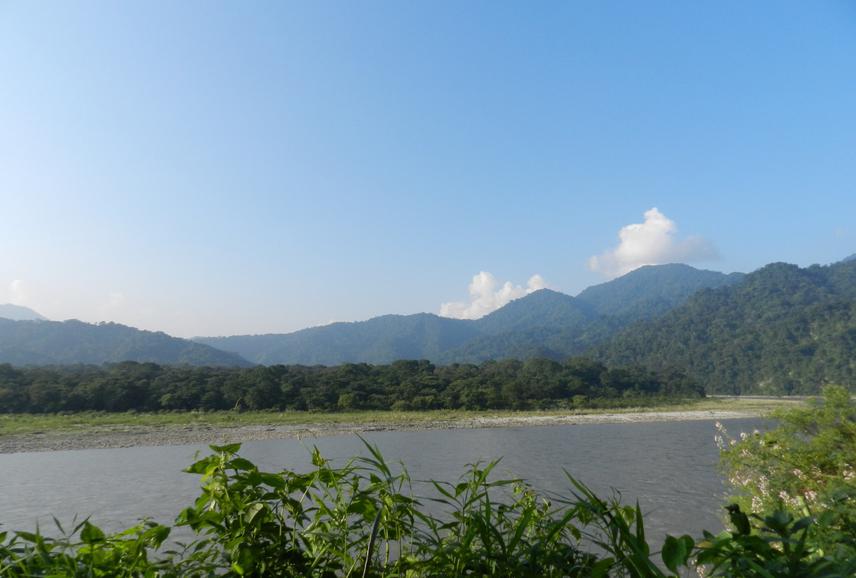Ugyen Tshering
This study aims to establish baseline data on the distribution and abundance of ungulates- the principal prey for tiger with respect to varying habitat types in Royal Manas National Park.

Royal Bengal Tiger has been studied in Royal Manas National Park (RMNP) in 2010 estimating about five tigers per 100km2 which is the highest density of tiger among protected areas in the country. However, the distribution of prey species of tiger particularly ungulates is not understood clearly. Therefore this research is geared to understand the distribution and abundance of ungulates and their distribution which would help understand and predict the dynamics of tiger population in southern Bhutan in future.
The first outcome of the project is generation of data and documenting the same which would be used as reference for planning and management of wildlife species in the park. The second outcome is the public awareness which would be done by presenting the findings to local communities, educational Institutes and to the parent organization, i.e. Department of Forests and Park services. The third outcome is the publication of a scientific paper which would be used as a reference for scientists, planners and policy makers.
The rationale for conducting this research is that RMNP is the integral part of the landscape management which is a linking park between the temperate and the sub-tropical areas. It is connected through a network of biological corridors to Phibsoo Wildlife Sanctuary, Khaling Wildlife Sanctuary and Jigme Singye Wangchuk National Parkin Bhutan. RMNP also connects Manas National Park in Indian. Therefore, the data generated would not only be useful for RMNP but also for other parks basically in terms of management and conservation of important species like tiger and the ungulates as well. The species of ungulates included in the study are; Asian water buffalo, guar, sambar, barking deer, serow and wild pig. These species are the principle prey for the tiger.